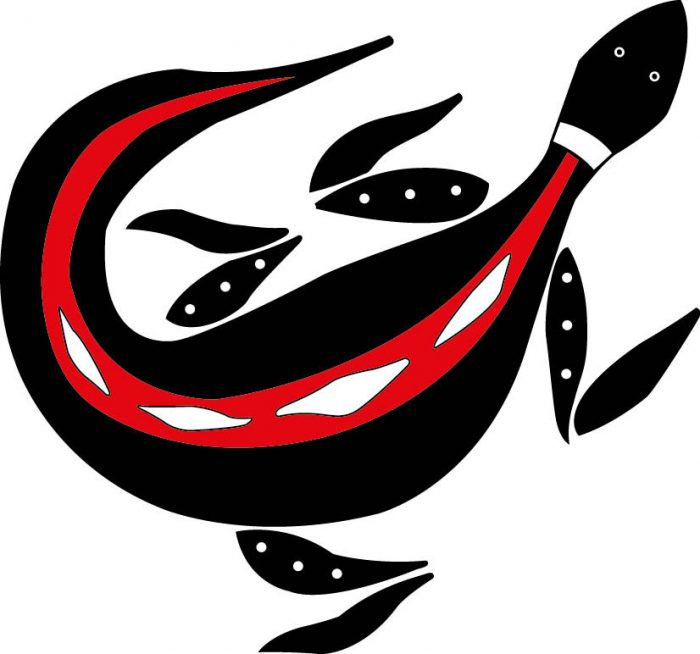In case you are not Australian, you may not know that the cane toad was introduced into Australia in 1935 to control beetle pests in sugar cane fields in Queensland. Martin is working with Pau Carazo, Rick Shine and Josh Amiel on toad cognition and brain structure. In particular, we are interested in whether cane toads from the invasion source (Townsville, Queensland) differ in their cognitive ability compared to toads from the invasion front (Kununurra, Western Australia). Toads from the invasion front tend to disperse rapidly, have evolved longer limbs, and experience different selective pressures compared to toads from the invasion source. We are putting toads through a series of instrumental and spatial cognitive tasks. Take a look at the video below. This is a toad that has learnt to remove the lid on the petri dish to extract a food reward. What makes this unique is that toads would never normally use their front feet to search for food in the wild. We are finding that the rates at which toads learn to solve instrumental and spatial problems are highly variable.
Studying toad cognition is interesting and fun, but also time consuming. We currently have the expert services of Nicolas Butruille, an intern from France, but from February 2012 we will need an intern to run the toad cognition project. We are particularly interested in students from Europe that need to conduct an internship as part of their studies. The internship would be heavily biased towards cognition but there would be opportunities to engage with other members of the lab working on lizards and snakes. Please contact Martin Whiting if you are interested in learning more: martin.whiting@mq.edu.au
